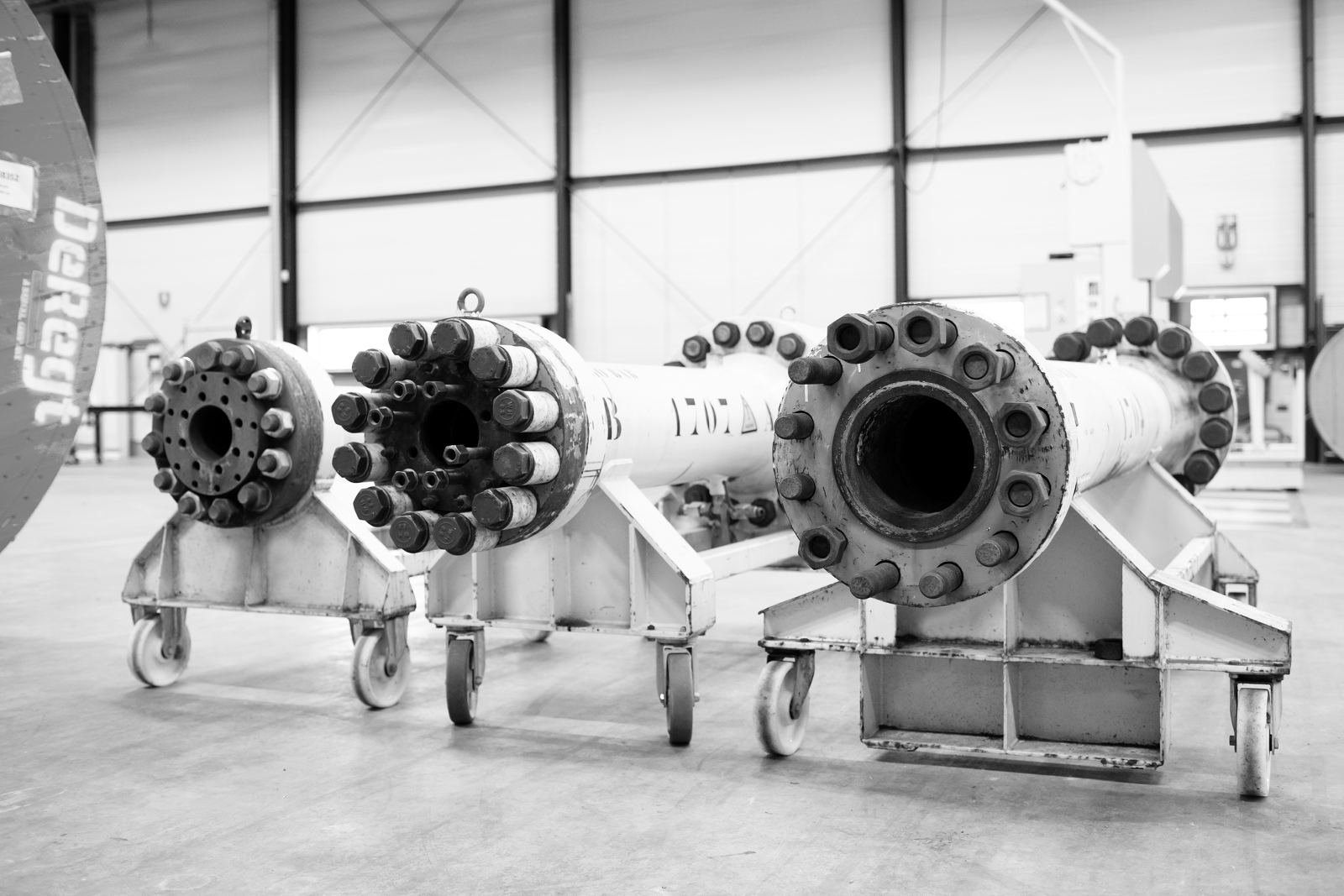Every underwater defense cable has its own requirements that are absolutely crucial. As an engineer, you want to aim for the most effective and efficient way of verifying these to your client. You want to be sure everything is thoroughly verified, without paying too much for extensive subsea cable testing.
In this blog, we explain how we determine which requirements have to be tested and how some factors can be analyzed with data. We then explain some important qualification tests for underwater defense cables, that are crucial for a successful underwater defense project.
The importance of Subsea Cable Testing
At an earlier stage of the design process, it is determined which tests are necessary to properly verify all requirements of the cable. Whenever possible, we verify the cable by analysis. Subsea cable testing is more expensive and takes more time - and we have extensive data about many conditions and materials, making extensive testing for these factors redundant. However, in other cases, you just can't avoid subsea cable testing.

These tests are performed in the QAT-program, a qualification test program in which we validate that the cable operates as intended and meets the predetermined specifications. Important for you as an engineer, as this means you can prove to your client that everything is tested/analyzed thoroughly.
6 Examples of important Qualification Tests
There are several important qualification tests necessary to verify a subsea cable. Since subsea cables vary greatly in function, operation and other requirements, it also varies which tests are important in the qualifying process. The qualification tests below are some examples of common tests.
- UTS (Ultimate Tension Strength) - During the UTS test, thorough subsea cable testing is done to determine at what tension the cable breaks and up to what point it continues to function properly.
- Pressure Test - This test assesses the amount of pressure the cable can handle. This is done in a large number of cycles (up to 300), which is why this test can take several days. Sometimes the Pressure Test is performed only on the cable to see if it is properly watertight, but often it is tested together with the termination.
- Bend over Sheave Fatigue test - In the bend over sheave fatigue test, we simulate the cable’s operation. The cable is deployed and retrieved a predetermined number of times, so we can verify the cable can handle its intended amount of deployments.
- Tension Fatigue Test - As with the previous type of subsea cable testing, we test fatigue in the Tension Fatigue Test. We do this by exposing the cable to certain tension and stress. Can the cable handle the necessary tensile force and weight?
- Abrasion Test - As the name suggests, we test the wearability of the cable with Abrasion Testing. We do this by passing the cable a couple of thousand (!) times along curved plates. This test is often performed in water, as this best simulates the subsea cable’s operation. Additionally, water does not scrub as much, which means the cable does not abrade as quickly as in dry circumstances.
- Density Testing - Density tests are of particular interest for cables that must be neutrally buoyant. To be neutrally buoyant, the cable must have exactly the same weight as seawater. We test this in combination with data on the world's sea waters because sea water is not equally heavy everywhere.
Qualifying and Validating your own Subsea Cable
The examples above are some examples of the possibilities. Depending on the project, the client's wishes and the main requirements the options are very broad. Based on those factors, we determine which qualification tests are necessary to thoroughly validate the subsea cable.

In case of new requests or other needs, we may even invent completely new tests to ensure that requirements are validated. This allows our cable experts to be very flexible. How can they help you?
The Feasibility of your Requirements - and how to accomplish them efficiently
What if subsea cable testing has an undesirable outcome and the requirements prove unachievable? In that case, our cable experts will gladly think along with you. How feasible are your requirements? And more importantly: how can you make your subsea project a success in another way?
Schedule a feasibility check with one of our experts and ask all your questions about feasibility, requirements and the perfect subsea cable for your project:
With all other questions about your cabling needs, you can contact my colleagues or me here. Our cable experts are always happy to help, advise or guide you in all your cable requirements.



